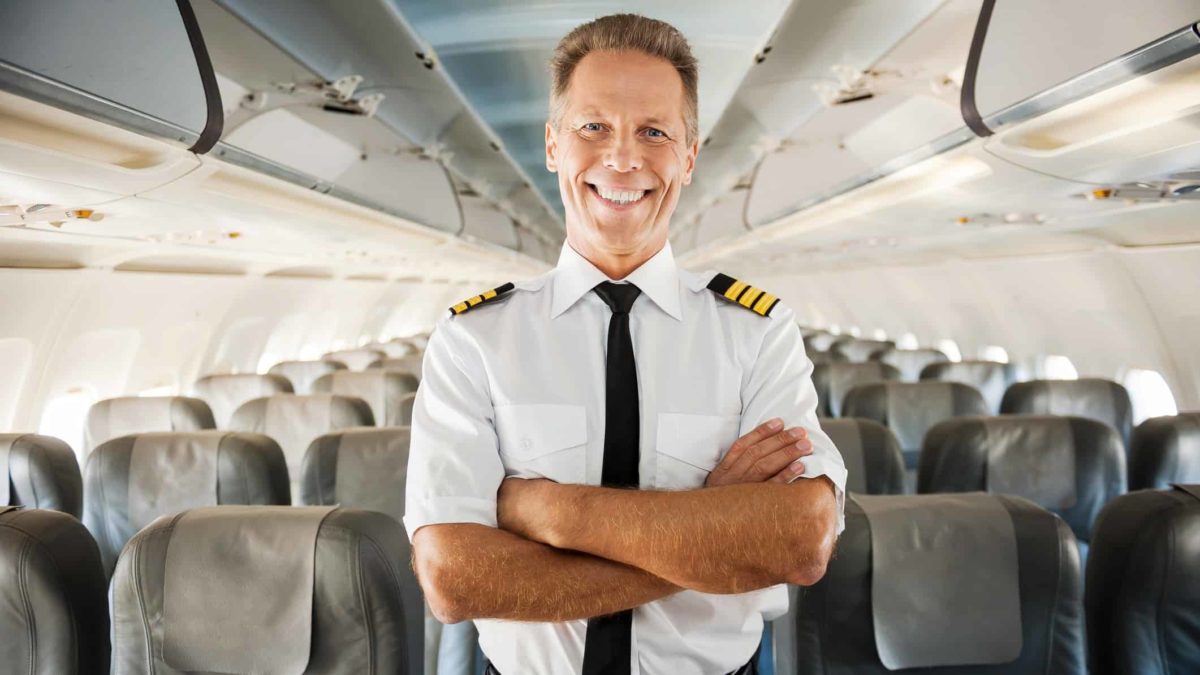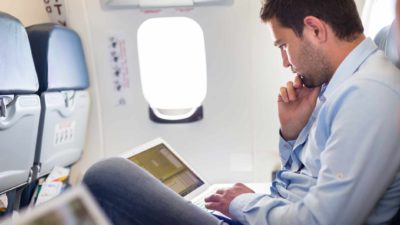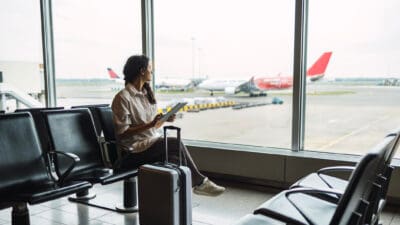The Qantas Airways Limited (ASX: QAN) share price flew more than 2.5% higher today, despite the current cluster of COVID-19 cases in Melbourne.
Shares in Australia's major airline have been relatively flat for the year, down 2.14% year-to-date. However, various initiatives and market conditions could be aligning to see the Qantas share price fly higher. Let's take a look.
What's fuelling the Qantas share price?
Qantas is flirting with various incentives to maintain current levels of demand for domestic travel, according to a report in The Australian today. This includes the airline possibly offering free frequent flyer points to individuals who have received the COVID-19 vaccine.
Qantas customer officer Stephanie Tully was quoted in the article as saying that the airline viewed Australia's vaccine rollout as "key" to keeping domestic borders open and eventually safely resuming international travel.
More on Qantas and its outlook
Last week, Qantas released a group market update that grabbed the attention of investors.
According to the update, Qantas noted that strong domestic travel and freight demand are helping the airliner recover from the impacts of COVID-19. As a result, Qantas expects to have positive statuary free cash flow for the second half of FY21 if current trading conditions persist.
Qantas also noted high levels of liquidity with total funds of $4 billion, including cash of $2.4 billion and $1.6 billion of undrawn debt facilities.
In addition to strong domestic demand, Qantas also cited aggressive cost-cutting for its recovery. Qantas revealed that it was making significant progress with its target of at least $1 billion in annual cost reductions by FY23. The airline noted that $600 million of cost reductions were expected to be delivered this financial year.
Qantas also flagged further redundancies for international cabin crew. In addition, it has applied for a 2-year wage freeze on the next round of enterprise agreements to cut costs by $1 billion a year.
For FY21, Qantas expects to deliver a statutory loss in excess of $2 billion. In addition, the airliner expects underlying earnings before interest, tax, depreciation and amortisation (EBITDA) in the range of $400 million to $450 million.







